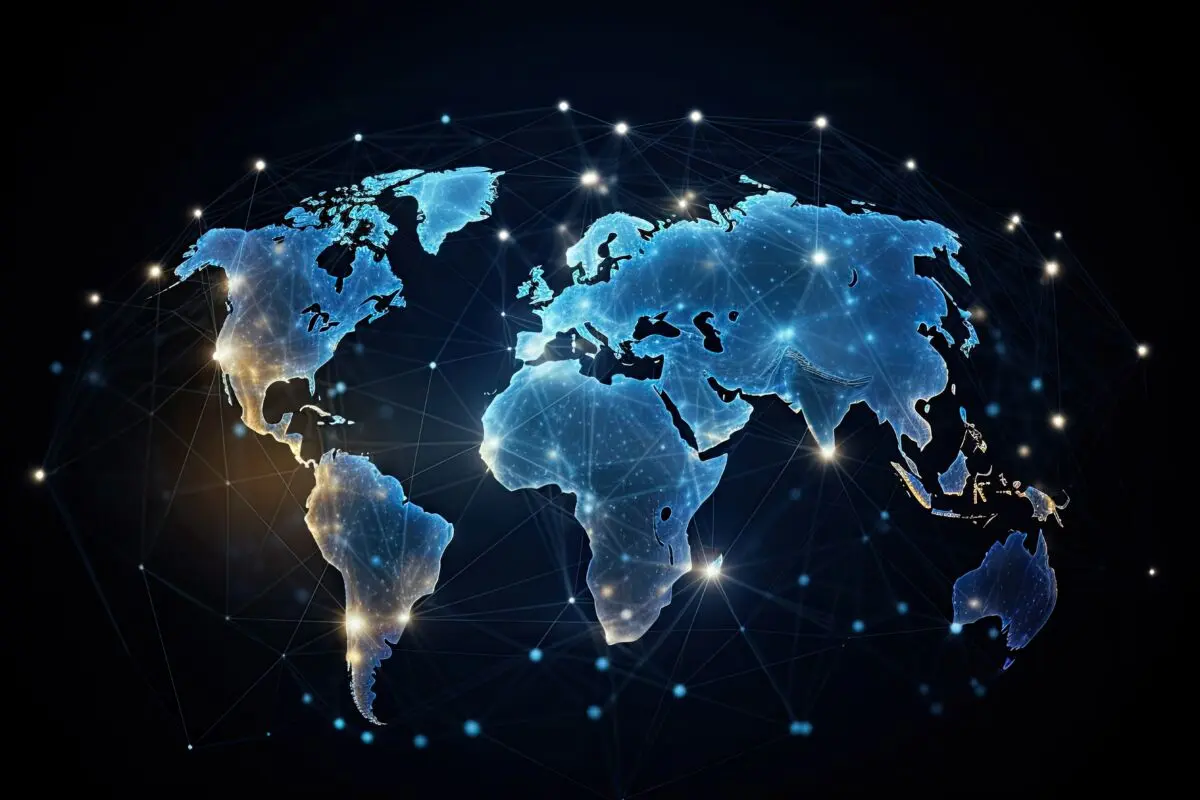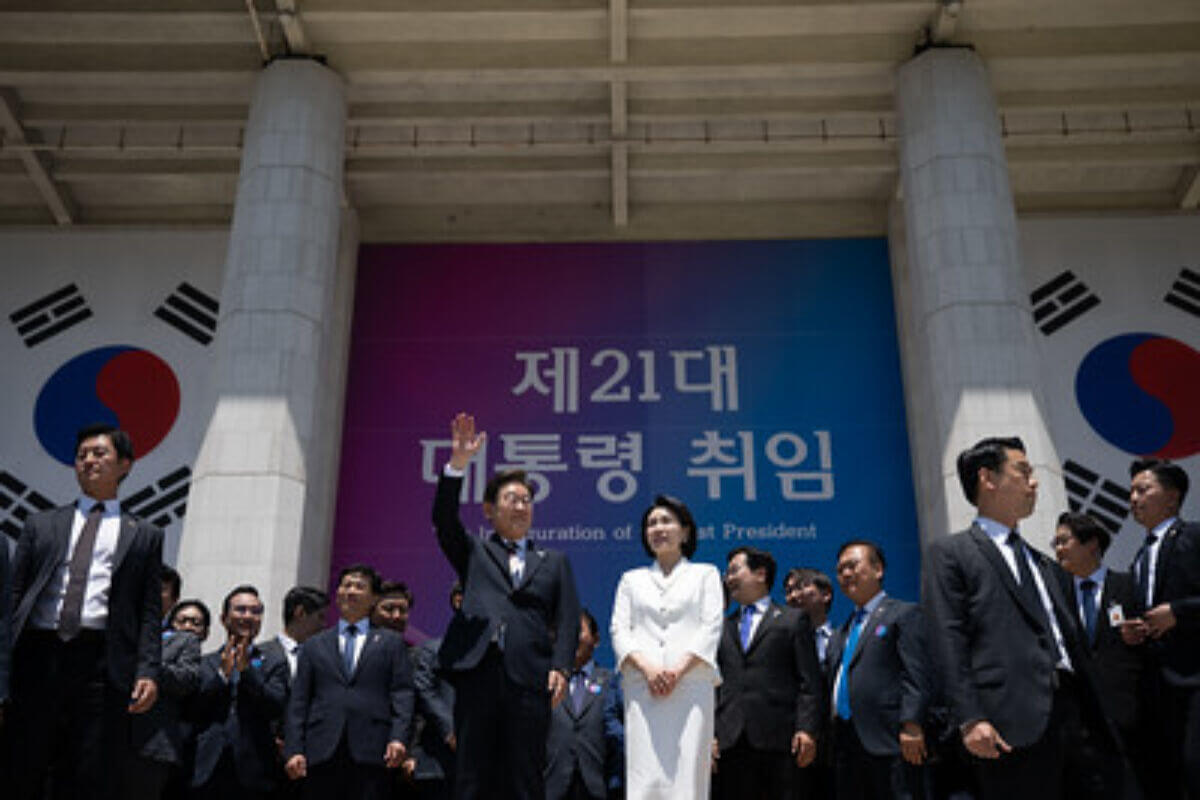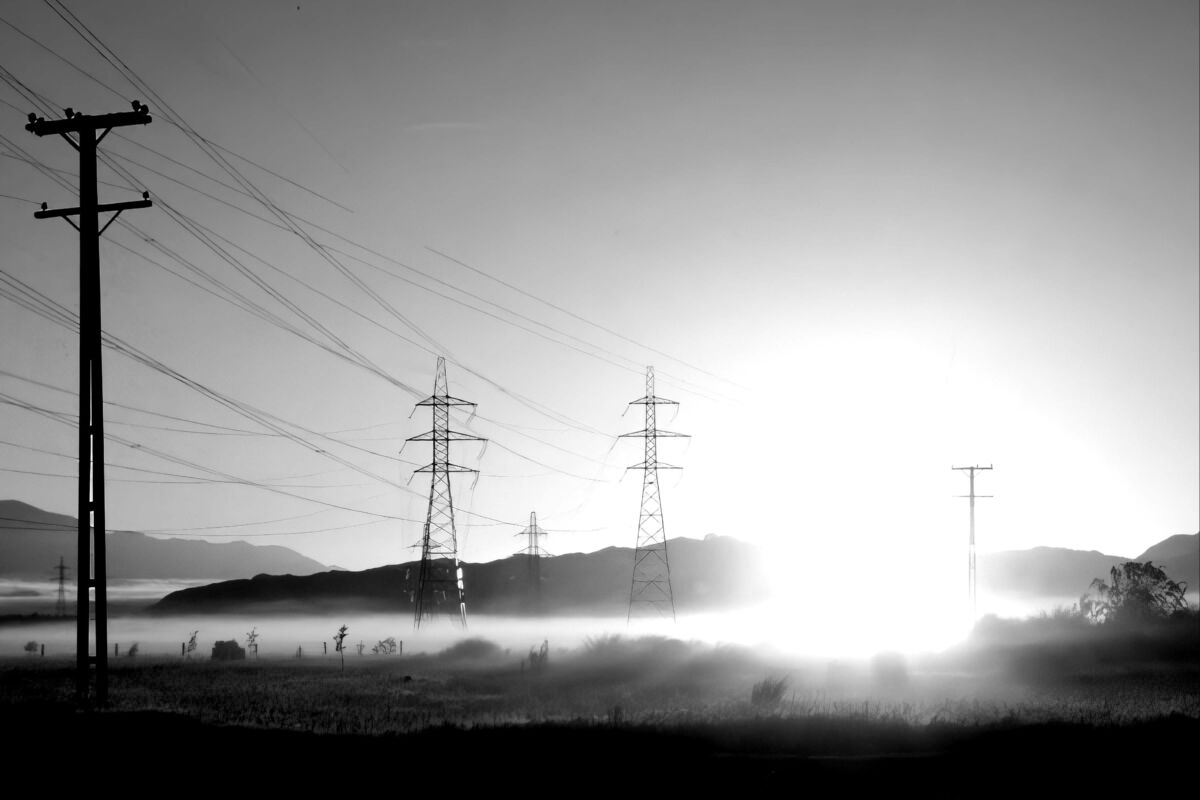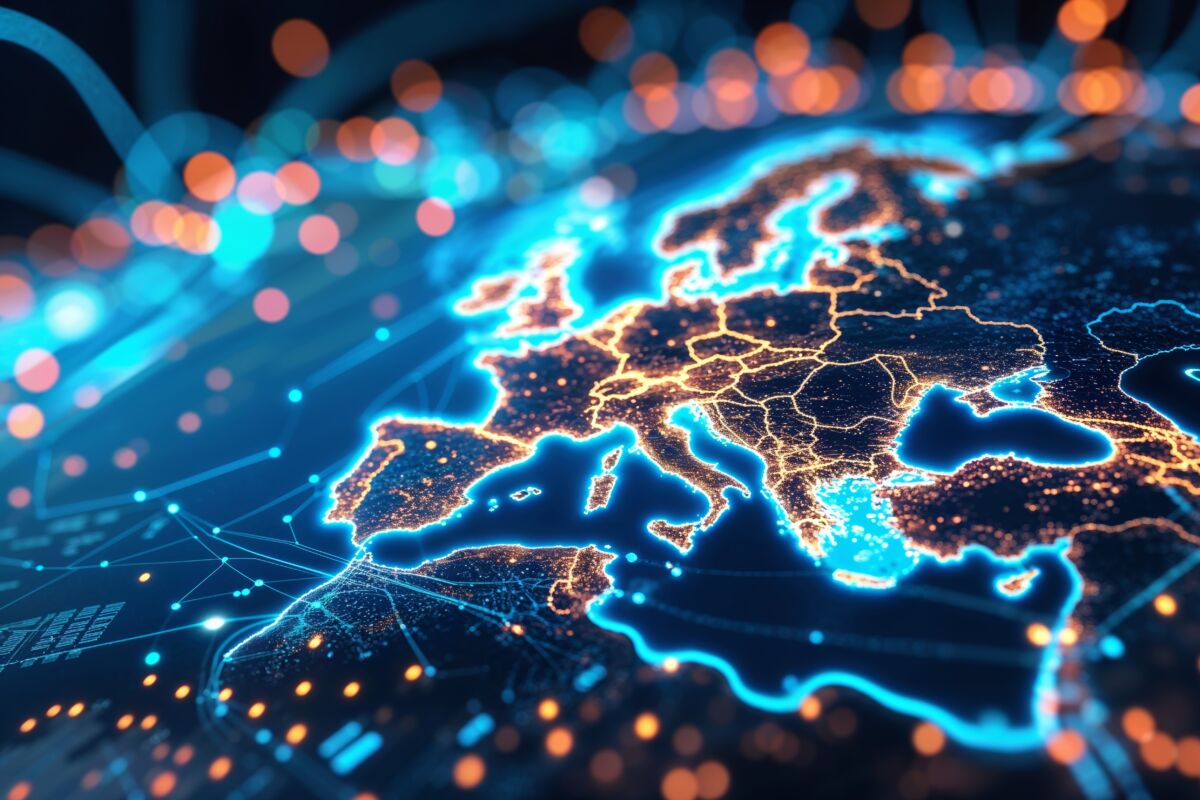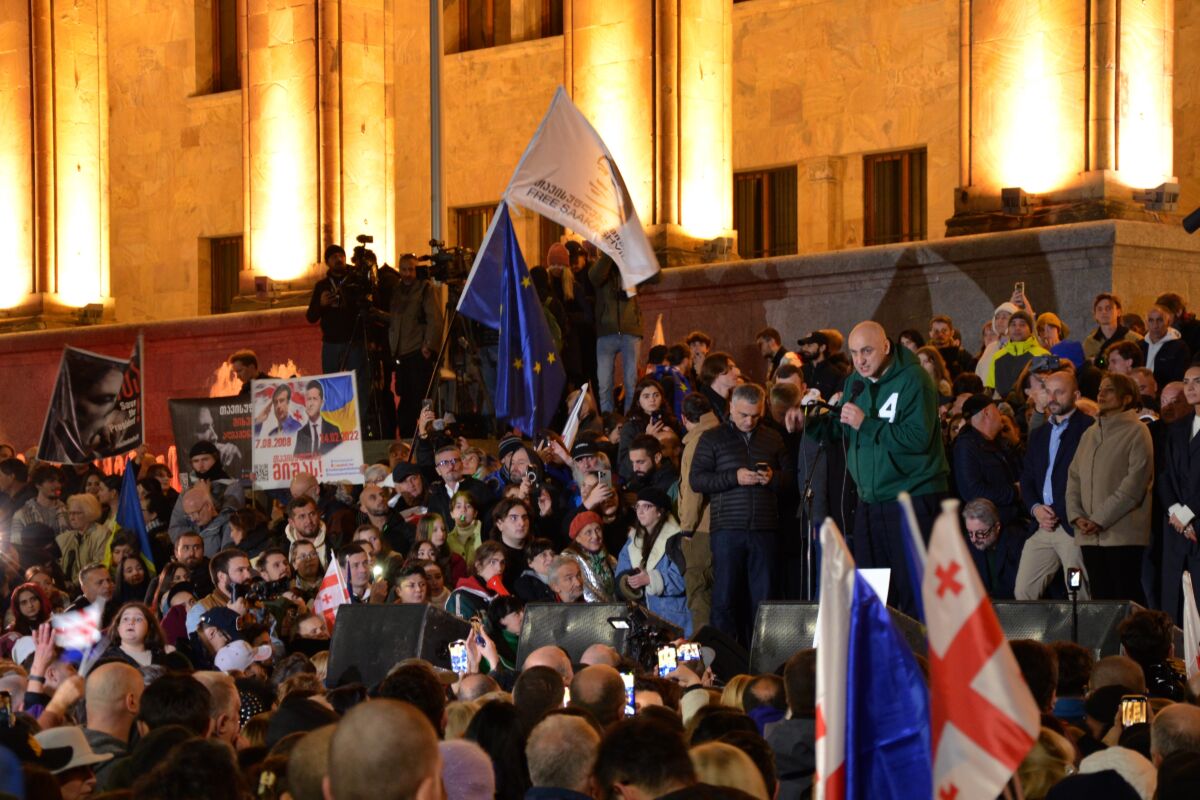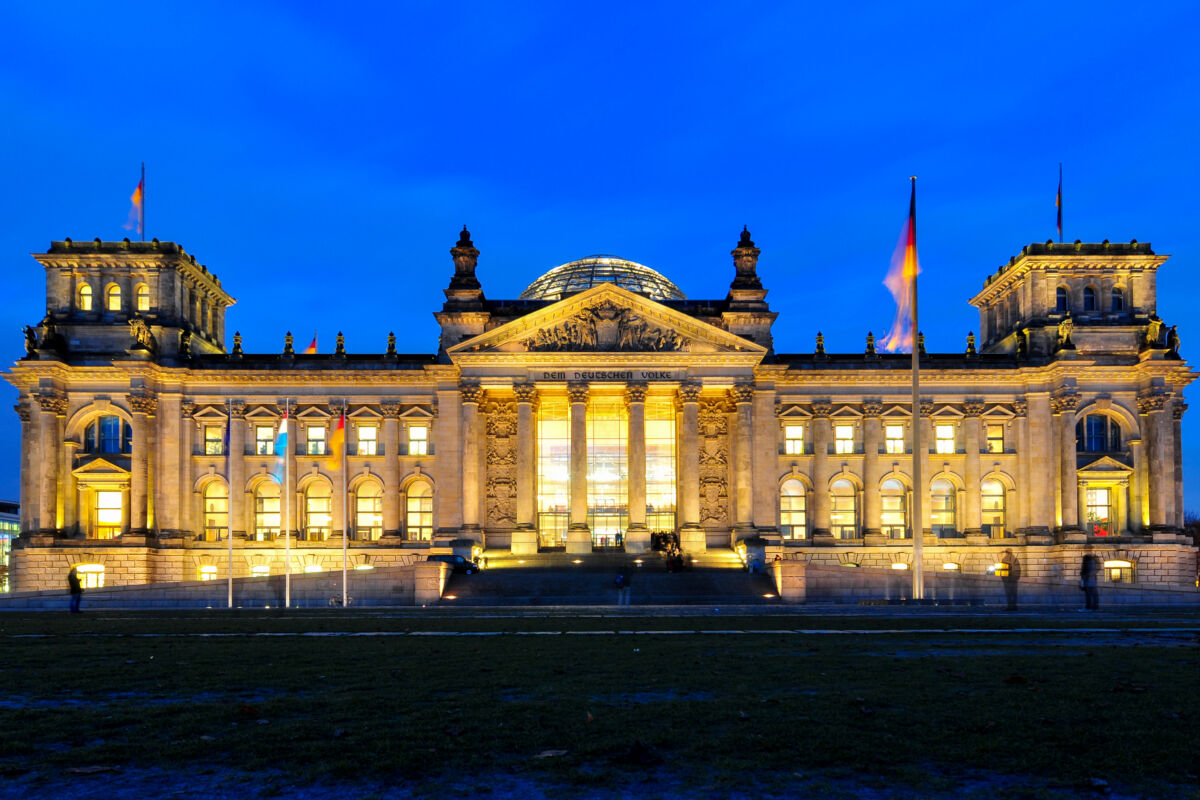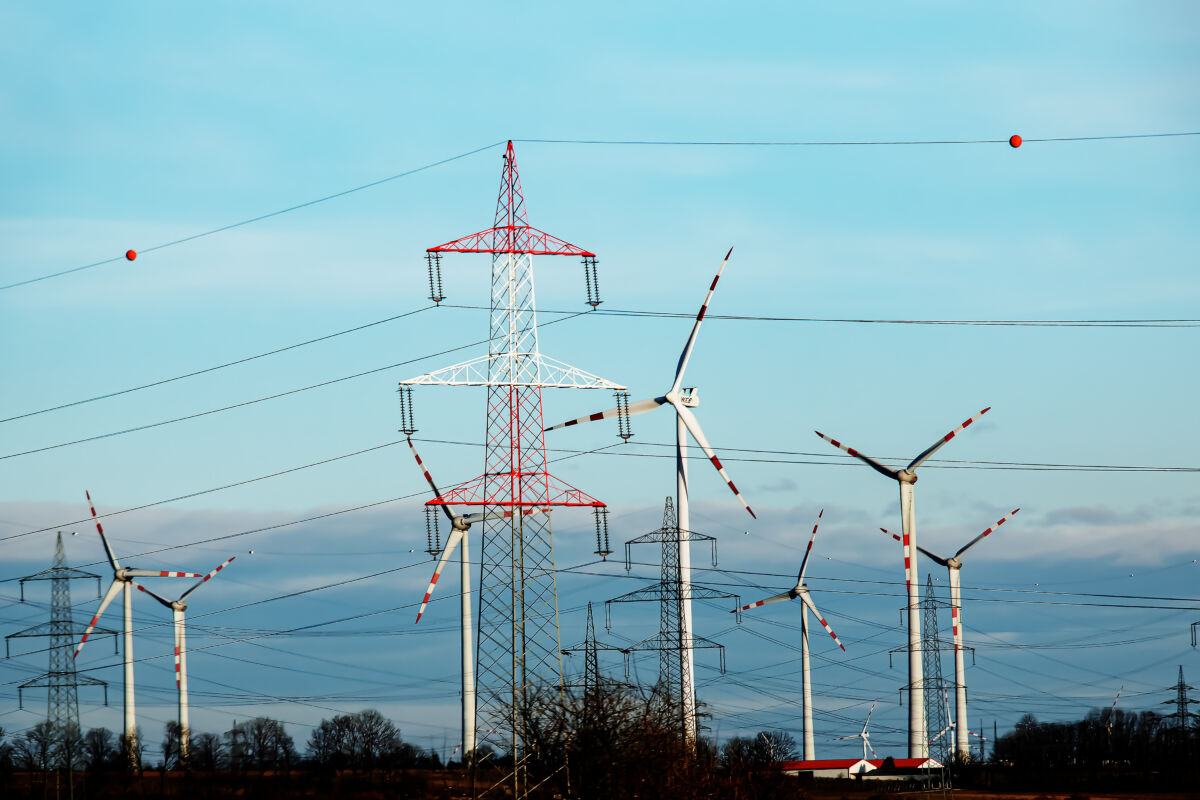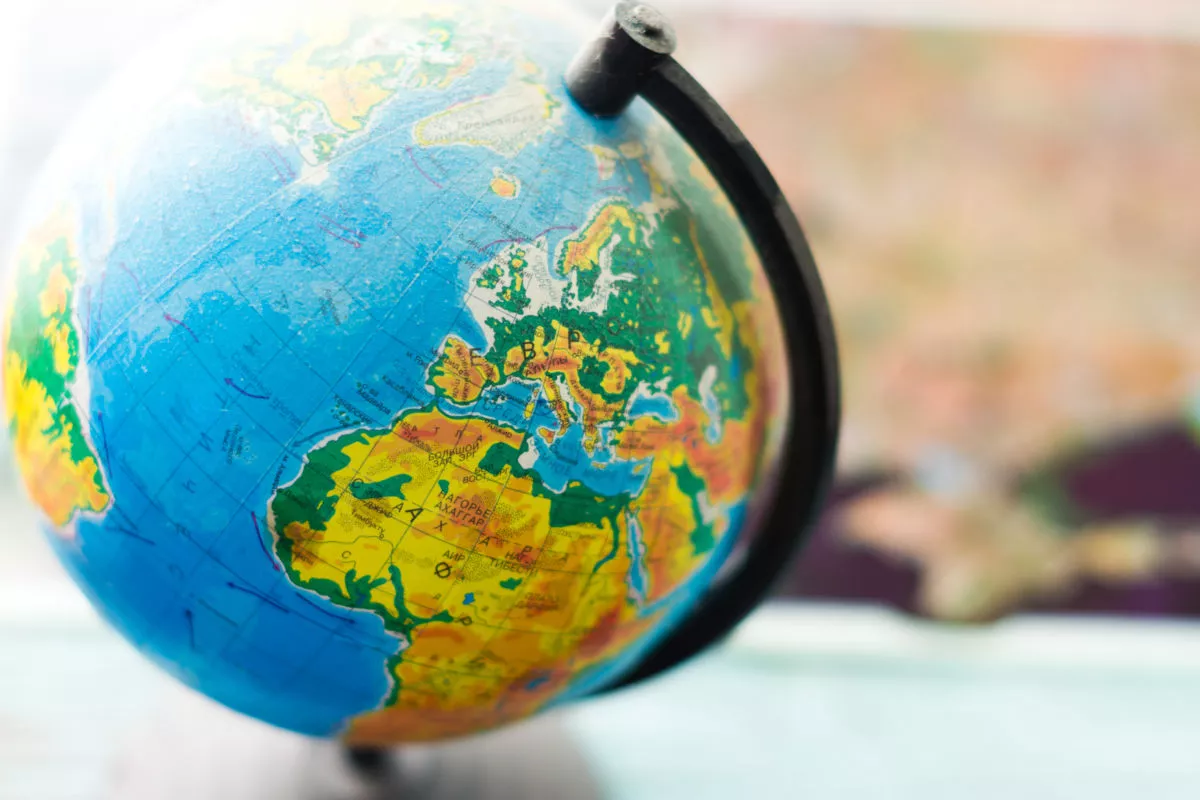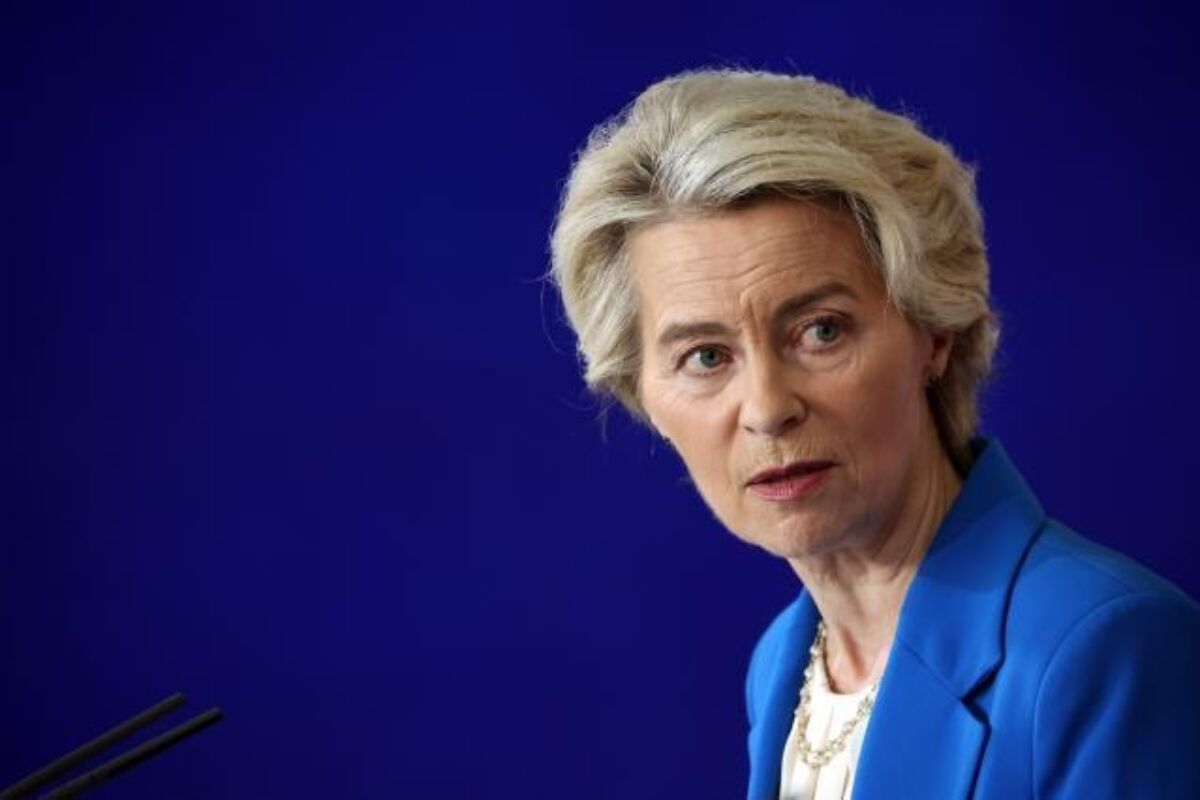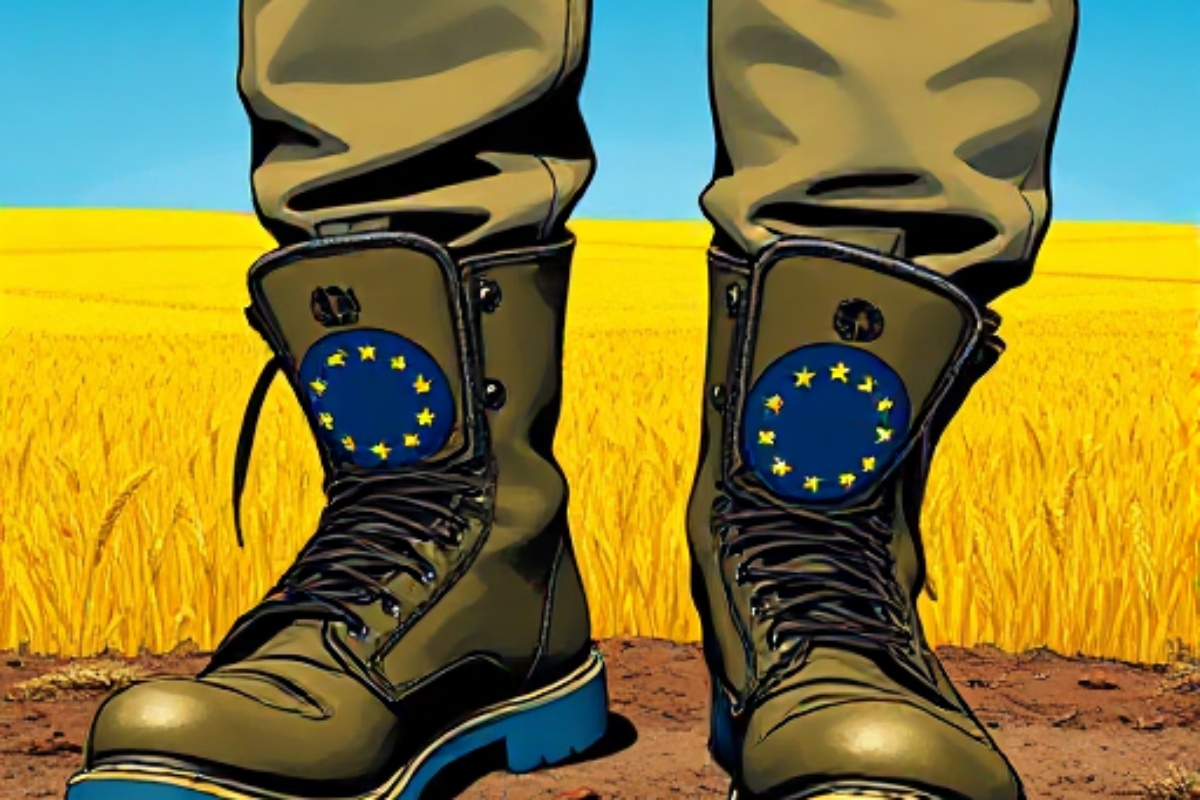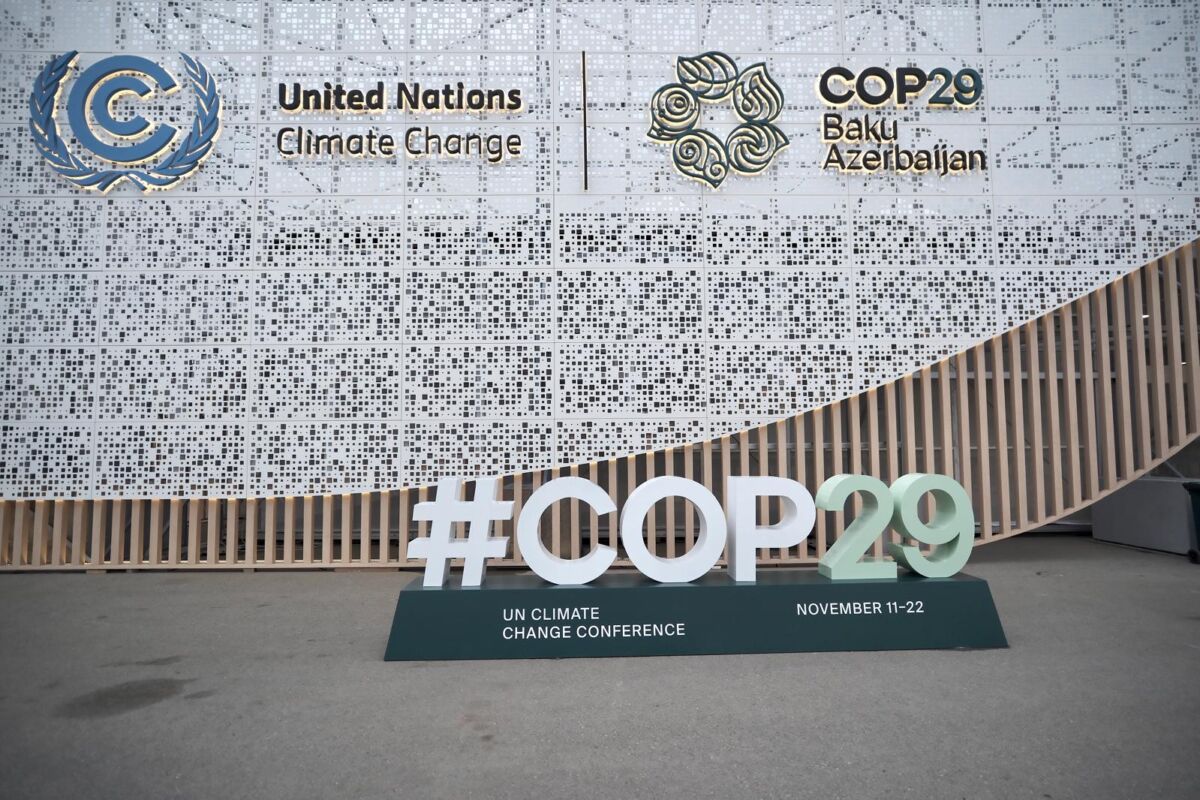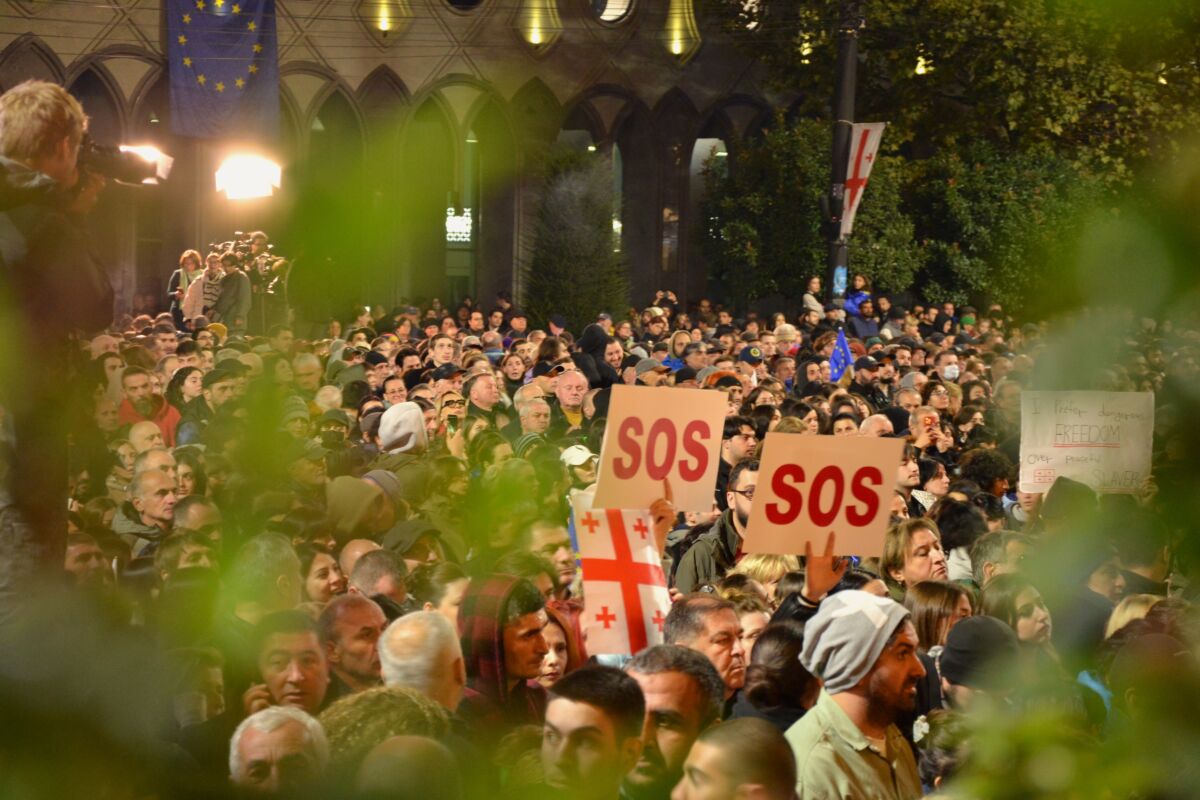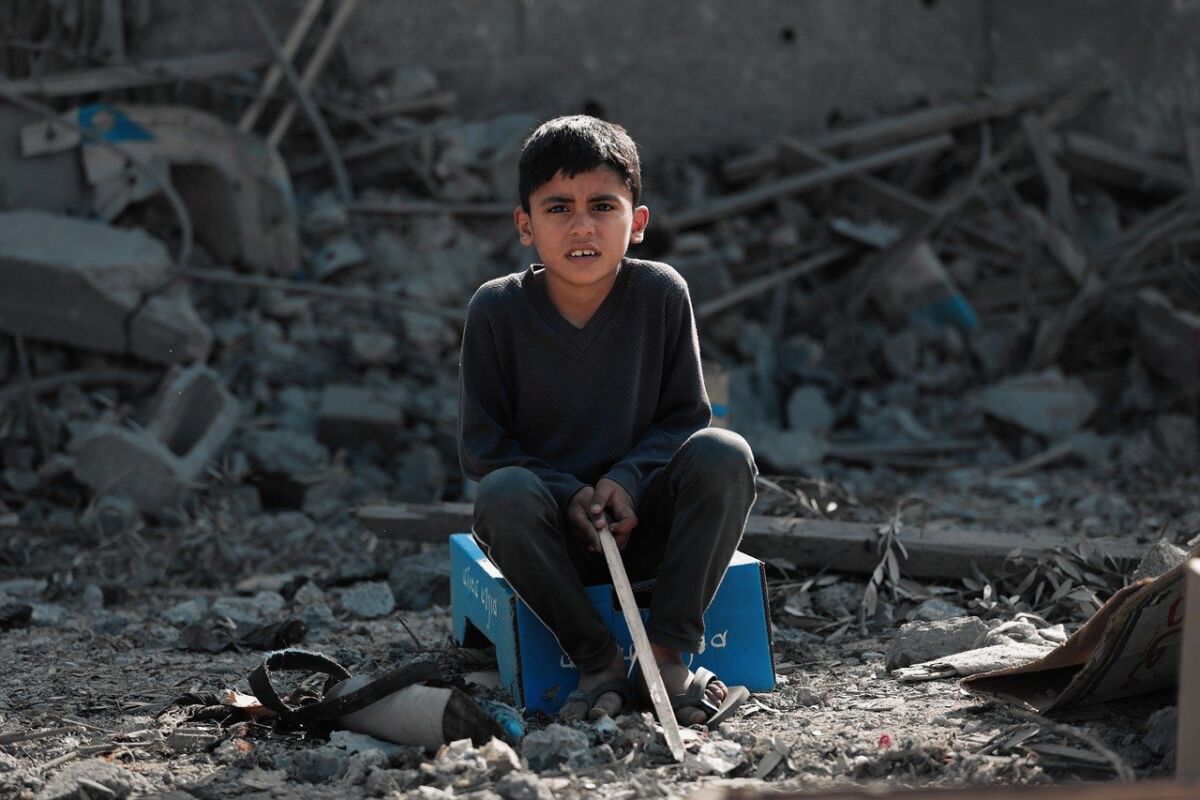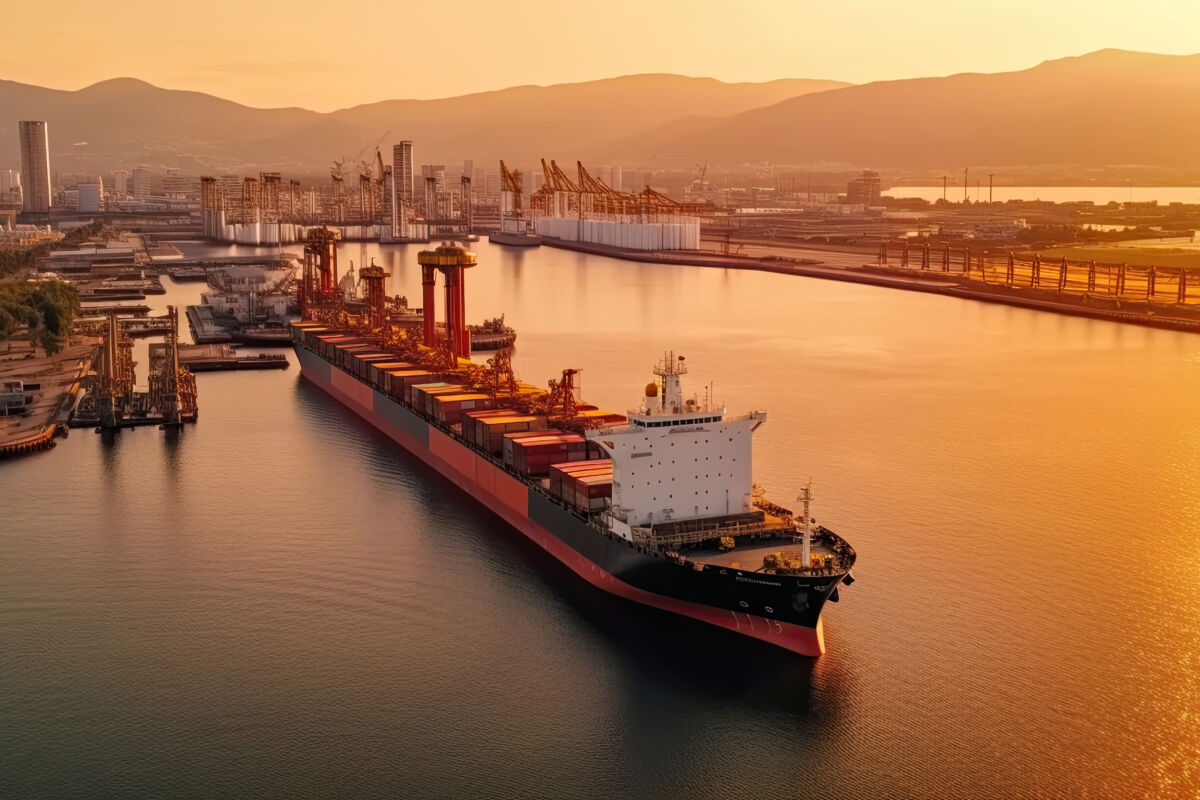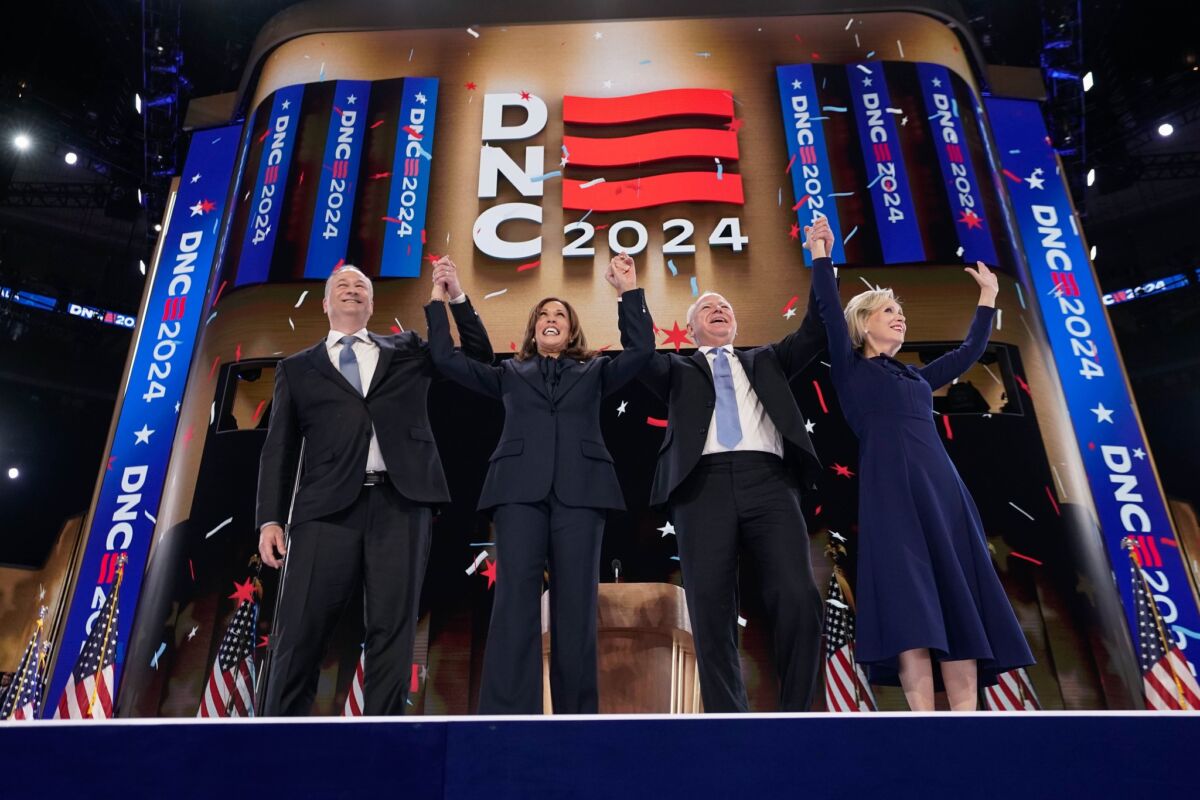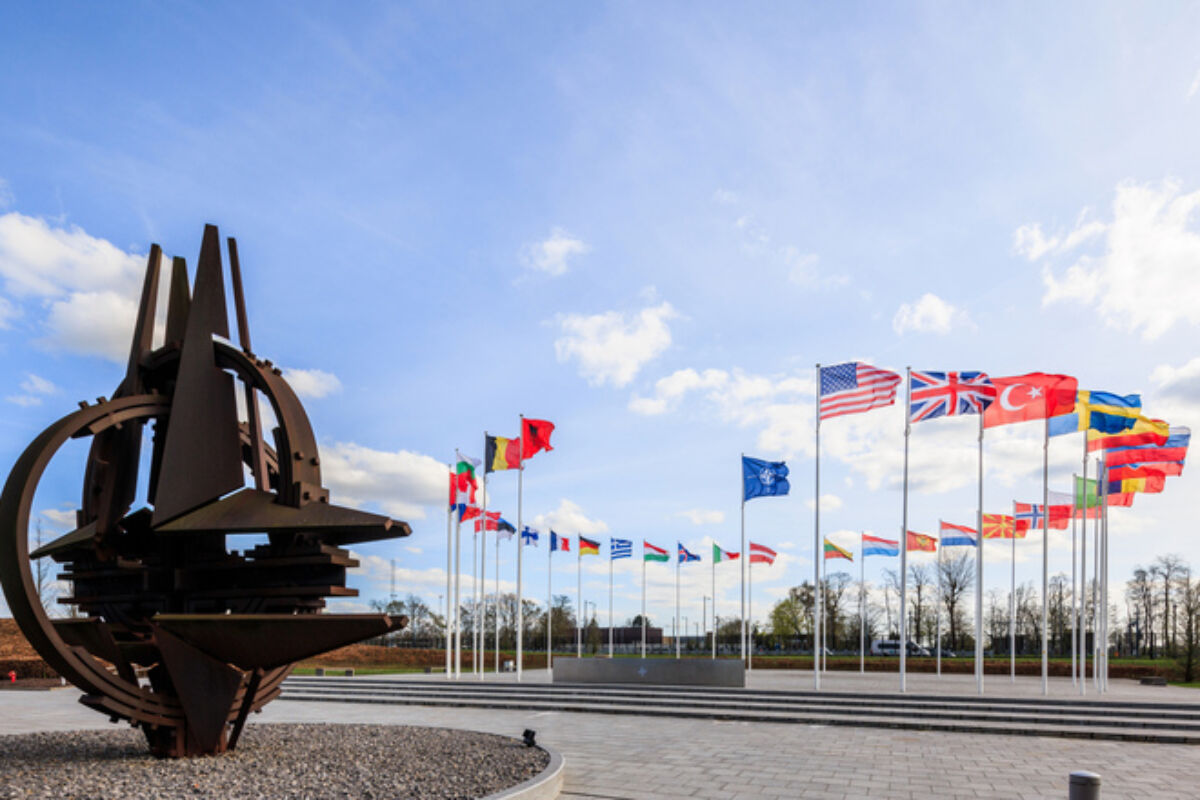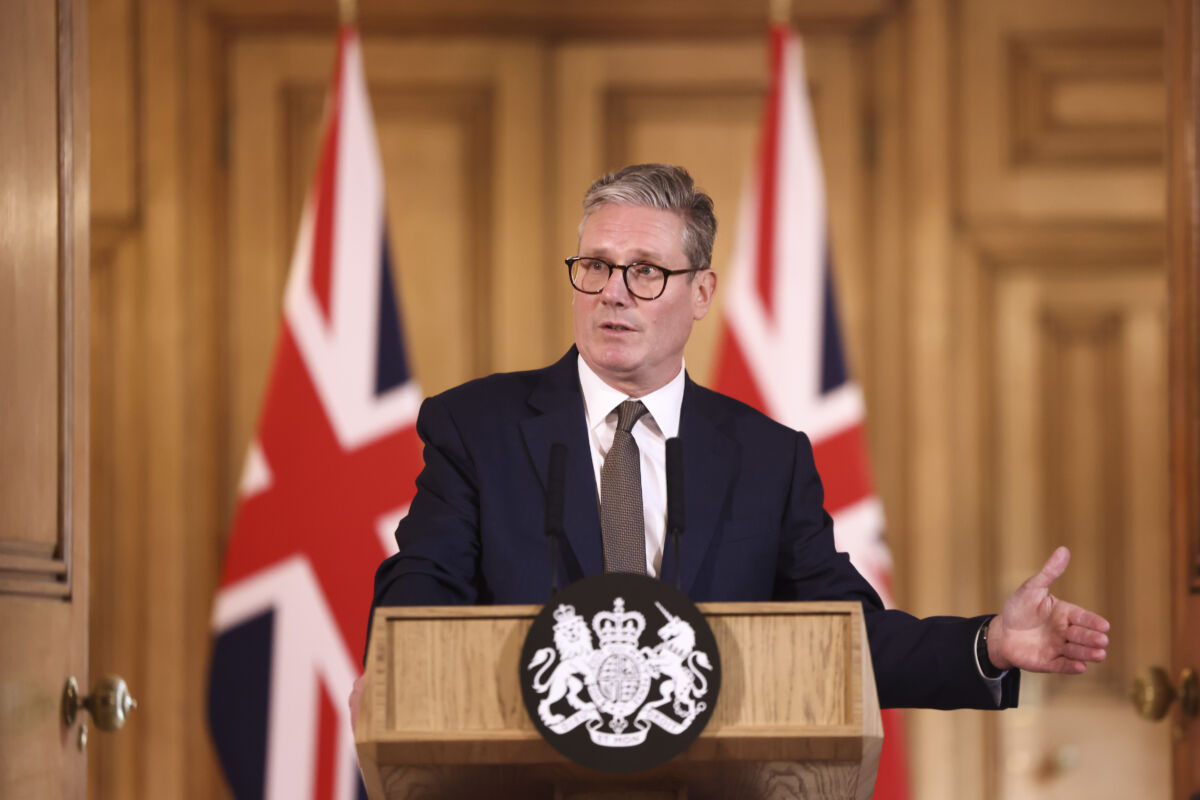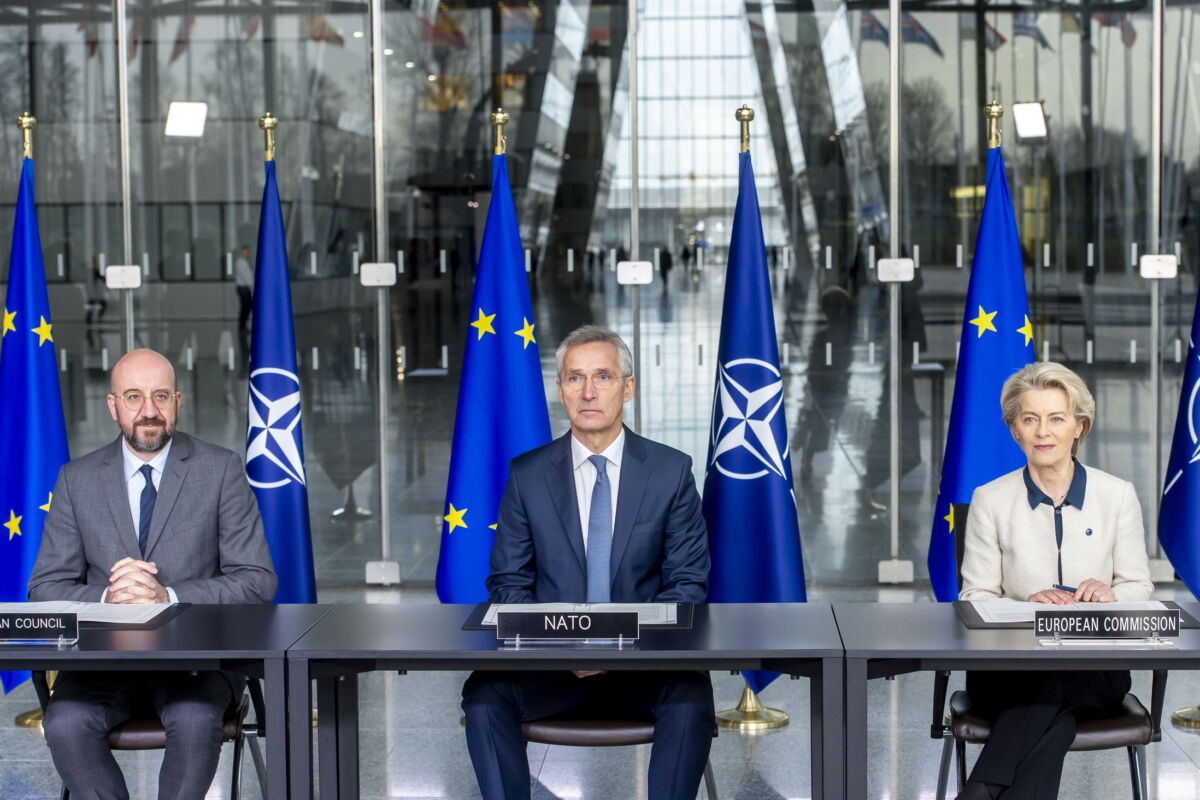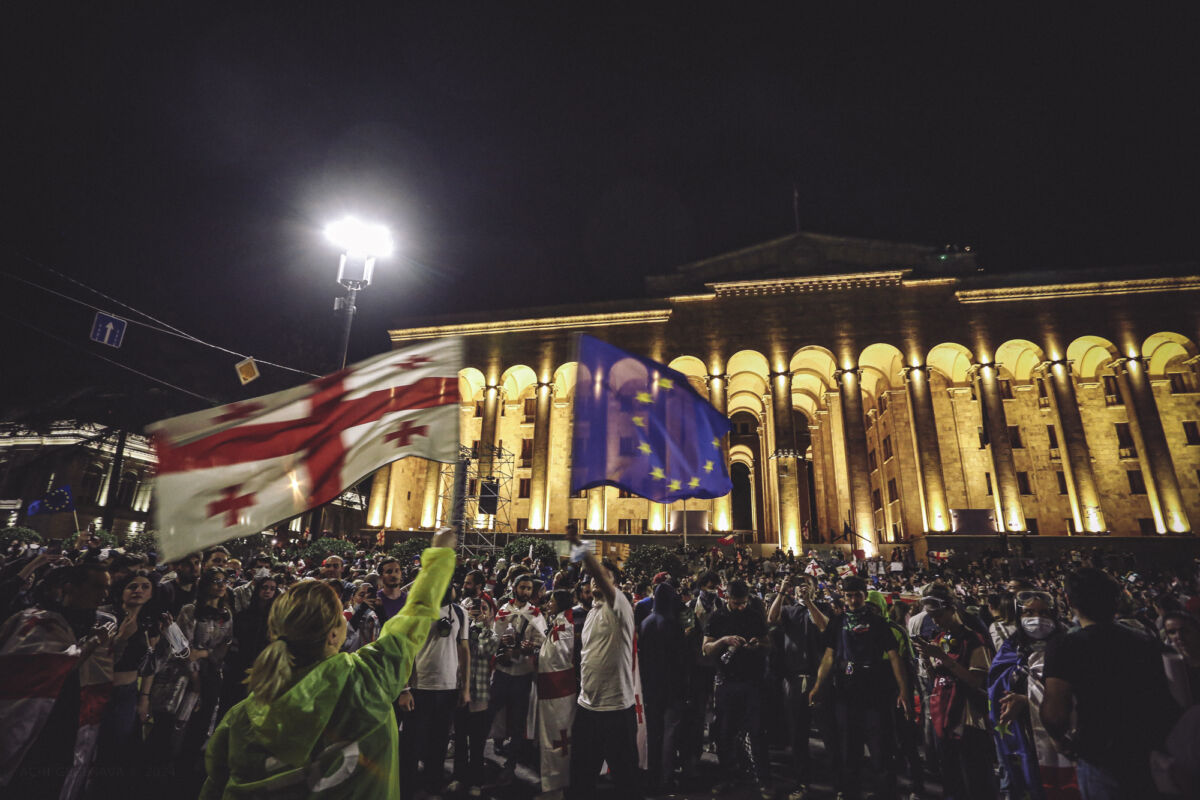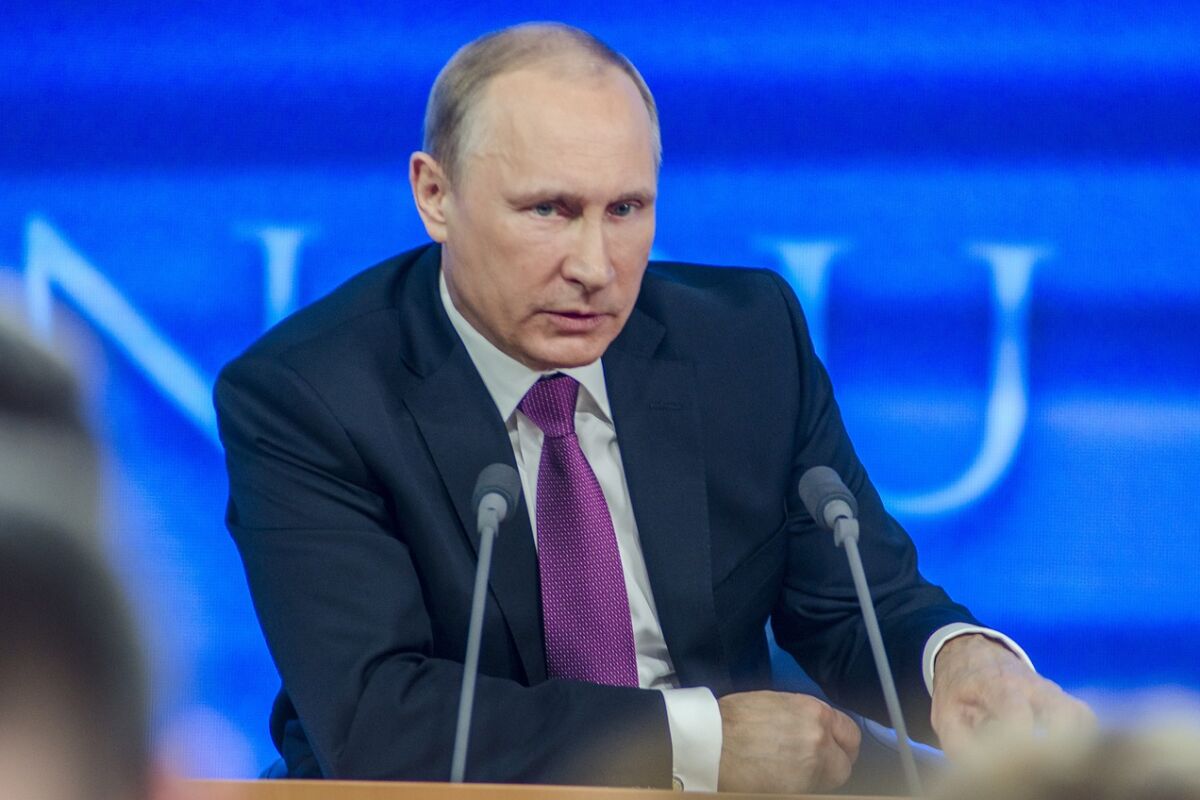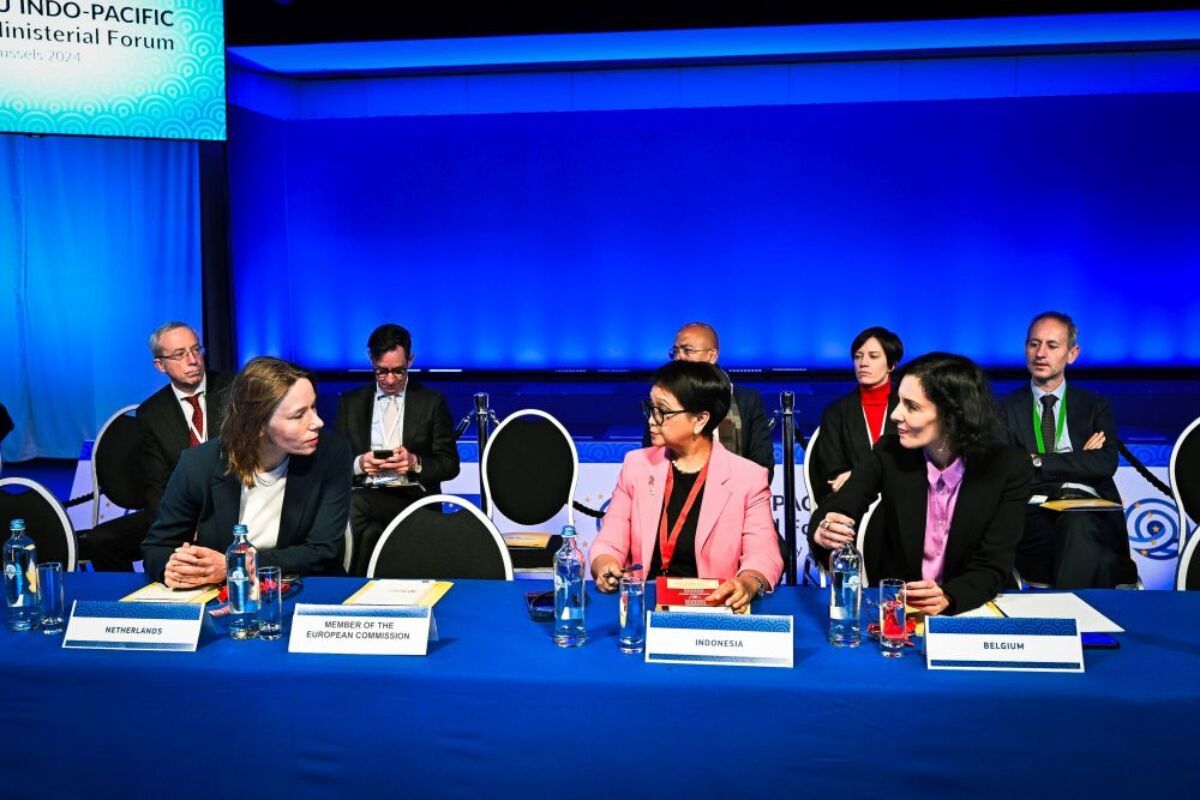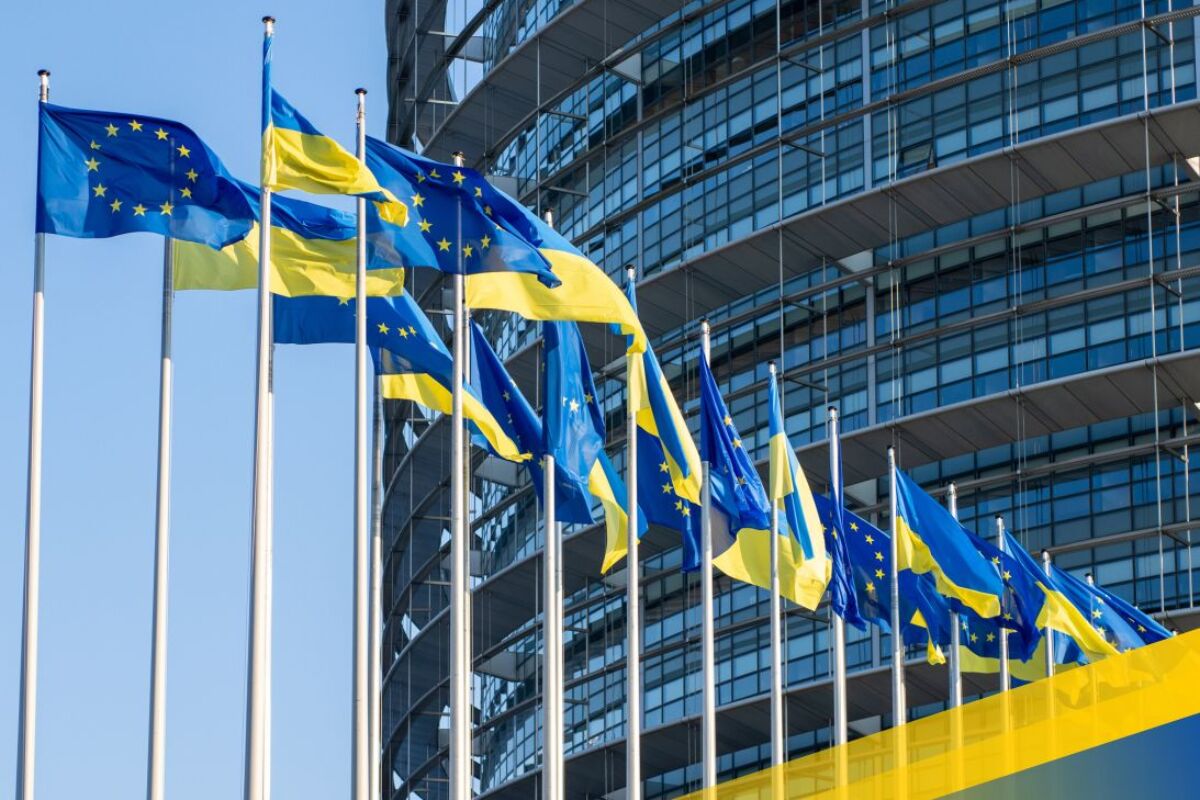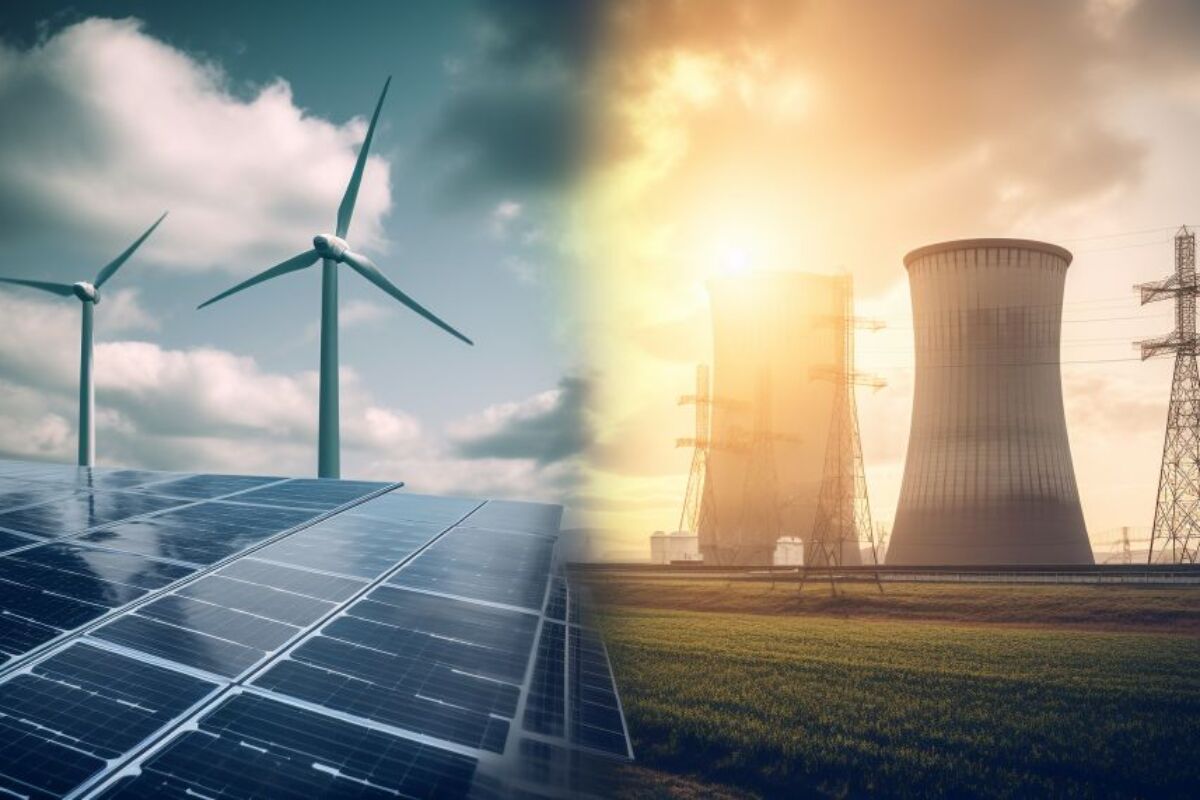Disappearing Arctic ice and thawing permafrost are making international headlines alongside burning forests. Moreover, increased international attention is currently focused on the Arctic because of China’s regional interests, Russia’s militarisation efforts, tweets from a particularly polarising US President and controversial statements by his Secretary of State. These Arctic changes have ripple effects on Europe, be it rising sea levels, coastal flooding, changing weather patterns, or through the significance of regional economic changes.
What should the European Union do about these developments? Is there a need for an update of its Arctic policy? An ambivalent policy of fence-sitting that is currently lacking a long-term perspective, clear goals and necessary financial support mechanisms, the EU’s Arctic approach requires simplification. The EU’s Arctic engagement needs to be future-oriented, with clearly stated goals and an honest assessment of what the EU can and wants to achieve in the Circumpolar North.
Concerns in Arctic circles
The Arctic is ground zero for climate change. In many respects, the Arctic serves as a canary in the coal mine of the world’s climate as transformations within the Arctic occur earlier and the rate of warming is faster than the global mean. Fairy tales about an Arctic economic boom related to resource extraction and shipping opportunities resurface every few months, despite consistent evidence of a slow pace of development. For over a decade, the media and some analysts have been also anxious about geopolitical tensions. So far, no actual conflicts have materialised, but the warnings certainly sound more credible in the age of Putin, Trump and Xi Jinping. Russia is indeed building up its military potential in the North. China published its first Arctic policy statement in January 2018, calling itself a ‘near-Arctic state’. And, Chinese-Russian cooperation, especially as regards Arctic natural resources, is gaining momentum.
In May 2019, in Rovaniemi in the north of Finland, the US Secretary of State spoke aggressively against Chinese activities in the Arctic and deplored Russian attempts to seize greater control over Arctic maritime traffic. The tone and timing of the speech raised many eyebrows in Arctic policy circles, which are used to a more cordial and cooperative regional tone and to the willingness of great powers to insulate Arctic matters from global tensions. In fact, Arctic cooperation was actually strengthened following the Crimean and East Ukrainian crises, and most recently through the adoption of a fisheries agreement for the Central Arctic Ocean. However, there are concerns US climate denialism may adversely impact the functioning of the Arctic Council.
The perceived shift in Arctic geopolitics and economics led to calls for updating the EU’s Arctic policy and adopting a true EU strategy for the Arctic. We assume that this means that the EU should identify its key interests, adopt a long-term perspective, pronounce clear goals and provide institutional and financial means for their achievement. Can the EU adopt a credible and effective Arctic strategy? What are the EU’s strategic considerations for a region most European citizens only associate with polar bears?
In answering these questions, three aspects should be highlighted. First, the Arctic policy is a mixed bag, making policy prioritisation very challenging. Second, there are problems with most of the objectives the EU could adopt for its Arctic policy. Third, the Arctic is actually a marginal topic within the EU.
Everything and nothing: a policy with too many elements
The EU Arctic policy domain encompasses many issues, sectors and stakeholders, some interlinked, some connected only via an ‘Arctic’ label; of both an internal and external nature. The internal dimension refers primarily to the European Arctic, including topics such as sustainable economic development and investment, nature conservation or local climate adaptation. There are also pan-EU domestic actions that have indirect relevance to the Arctic, such as climate policy or the regulation of the EU’s energy market. External actions comprise the EU’s involvement in the work of the Arctic Council, its bilateral relations with Arctic states, and the Union’s role in shaping international norms relevant for the Arctic. Devising an effective strategy bringing together these various elements is a structural challenge, with which all Arctic and non-Arctic states struggle, with varied degrees of success.
The broad scope of issues, often linked only with an ‘Arctic’ label, means that EU Arctic policymaking has often constituted an exercise in defining which existing EU policies and activities are most Arctic-relevant. The last reiteration of the EU’s Arctic policy was the Joint Communication on An integrated European Union policy for the Arctic from April 2016. Policymakers attempted to limit this broad spectrum and focused around three key themes – climate change and environment, sustainable development and international cooperation. While the themes signified a step towards prioritisation, they remained – necessarily – broad. Considering that the EU’s current Arctic policy has issues of an internal nature at its core, particularly the sustainable development of the European Arctic, a future strategy would continue to combine various internal and external elements.
Defining what the EU wants, strategically
It is rather challenging to define clear, convincing and credible goals for the EU’s future Arctic engagement. The EU’s Arctic policy itself has no effect on some of the key issues it continuously stresses, like global climate change. In other areas, the EU either has little influence or its attempts to use its market power are met with anxiety in the region. Moreover, the Arctic policy may not be the best place to make concrete decisions on regional development projects and investments.
First, climate change mitigation – a central ‘priority area’ of the EU’s Arctic policy – is a global issue, not an Arctic-specific one. It is almost absurd to imagine that a backwater policy such as an Arctic one would significantly influence the EU’s overall climate action. The EU’s Arctic engagement should certainly continue to include Arctic climate research and local climate adaptation. But these pillars can only be seen as supportive for climate action, with no accountable influence on global mitigation decisions.
Second, the EU’s role in maintaining Arctic peace and cooperation is marginal. The Arctic region is populated by self-confident and powerful actors, such as Canada, Russia and the US. The 2016 Global Strategy sets a goal for the EU to contribute to an orderly and cooperative Arctic region. But the same Strategy admits that this contribution is to take place at the level of low politics, through the work on climate change, environmental research, sustainable development, and search and rescue issues. However, the Union has precious little to do in terms of influencing the relations between Arctic states or the regional actions of global powers such as China.
Third, as regards rule-based governance of Arctic resource extraction and navigation, an increased EU involvement usually triggers anger or anxiety among Arctic actors, also from close partners such as Iceland or Norway. A good point of reference is the 2009 ban on imports of seal products and the related possibility of using the EU’s market leverage to influence activities in the Arctic.
Finally, more specific aims included in an Arctic strategy might enter the domain of sectoral policies, such as transport, environment or the digital market. Is an Arctic policy or strategy – an appropriate place to, for instance, reshape the Trans-European Network for Transport or make concrete investment decisions? Making any concrete decisions is also likely to trigger local tensions and value conflicts. We doubt that is what policymakers want.
Too marginal, too unknown, too boring?
No decent strategy can be construed on the basis of inaccurate assumptions and false expectations. There is a good awareness of Arctic realities among the handful EU officials who are directly involved in Arctic affairs. However, while too many politicians and decision-makers either do not care or even think about the Arctic others still hold skewed or almost ignorant ideas about the region’s actual – rather than media-constructed – geopolitical and economic situation, and are unaware of the differences between Arctic regions, which are not all about polar bears and melting sea ice. Good information is available and the EU has in fact greatly contributed to production (via research funding) and aggregation (via various assessments and reports) of knowledge about the region. However, the relative marginality of Arctic issues in Brussels means that this information is not necessarily absorbed by all relevant policymakers. Moreover, non-sensational information about Arctic developments is more likely to only decrease rather than facilitate attention in Brussels.
If the EU were to adopt a strategy, its objectives would need to be shared by all member states with the need for some coordination between their activities relevant to the Arctic. Could that be effective for a Union of 27 regarding a marginal policy area where the EU has relatively limited influence? No single narrative for a grand Arctic strategy exists within the EU. Climate change is not to be tackled in the Arctic, it is a global issue. Putin, Trump and Xi Jinping are not the Arctic destabilisers the media might communicate them to be. Thus, what should the EU do?
Which way is north?
The EU does indeed influence many Arctic developments, in particular in the European part of the region. It is definitely important that EU policymakers have an opportunity to reflect on this influence and communicate their aims to the EU public and to Arctic actors. There are synergies between different Arctic activities that should be identified and an EU Arctic policy creates possibilities for that to happen.
Changes in the Arctic so far are dramatic only in terms of climate change impacts on Arctic environment and livelihoods. EU policymakers should not fall for over-egged geopolitical or economic narratives. However, the region is clearly changing and thus the EU’s Arctic policy may indeed need an update. However, the aim of elaborating an Arctic strategy in cooperation with all member states and mainstreaming Arctic-specific goals into all areas of EU actions may at present be an overly ambitious goal for a niche policy domain such as ‘the Arctic’. Keeping to the current ‘priority areas’ and using Arctic policy as a vehicle for institutional reflection is a more realistic and likely course of action. An update of the EU’s Arctic policy has to be based on realistic foresights and the acknowledgement of the actual role of the EU in the region and its capability to make a difference. A modest option for Arctic strategy-building could be to agree on a small set of clear sustainable development targets specific for the European Arctic – rather than for the Arctic as a whole – and devise a strategy to implement those targets.
The long-term pursuit of far-reaching goals is impossible without resources and institutional continuity. The Arctic cross-sectoral policy has drawn on disconnected sectoral sources of funding and institutional human resources characterised by fragmentation and lack of continuity. Policymakers should attempt to address these deficiencies before making grand strategic declarations.
Authors
Adam Stępień is a political scientist working at the Arctic Centre, University of Lapland, Rovaniemi, Finland. He focuses on Arctic governance, and particularly on the EU’s role in the Arctic. Adam has participated in a number of EU Arctic policy support and advisory projects. [email protected]
Andreas Raspotnik works as a Senior Researcher at the High North Center for Business and Governance, Nord University in Bodø, Norway. He is also a Senior Fellow and Leadership Group member at The Arctic Institute, Washington, DC, and a Senior Fellow at the Fridtjof Nansen Institute, Oslo. [email protected]


